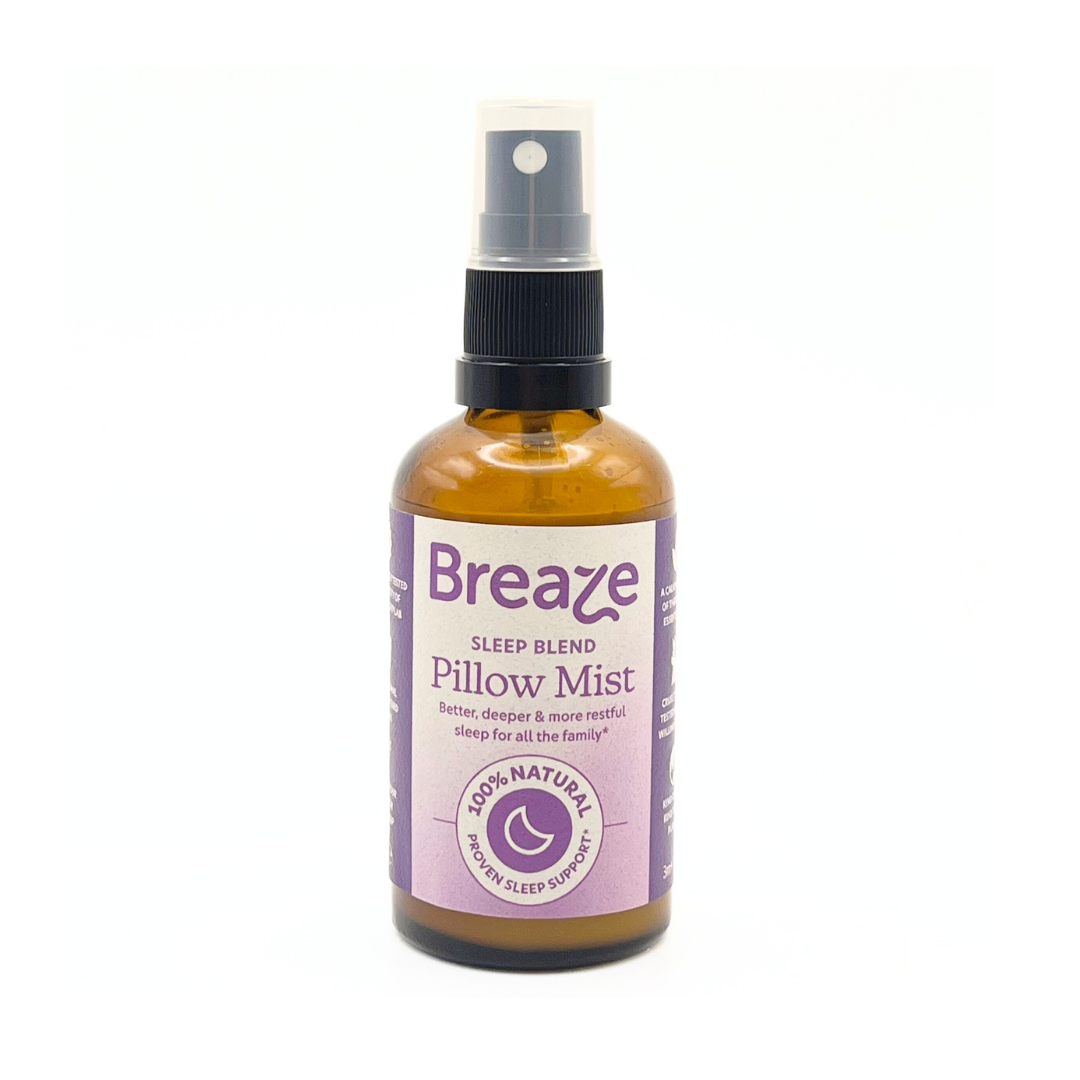Sex & the city – Why urban areas are no haven from hay fever
You might think that a city break would give you some respite from hay fever. But according to leading pollen experts, the exact opposite could be true. Pollen allergies can actually be much worse in built up areas - and sex is part of the problem.

Recent trends in city landscaping practices have led to an abundance of allergenic tree pollen. Increasingly landscapers are planting predominantly male trees and plants. Why? Because they are less messy than female trees, which shed seeds, fruits or pods.
Seems logical but trees come in three different sexes: male, female and those with both male and female flowers on the same tree. In nature there’s an even split between all three, so the amount of pollen in the air is regulated. But when male trees and plants are planted independently of females, like a massive botanical stag party raging out of control - their pollen evades capture by female flowers leaving it free to float about in the air we breathe.
Add to that the choice of trees we plant in urban areas and higher levels of pollution in our cities, and the problems start to escalate. Plane is the one of the most common trees found in London and other cities across the UK and symptoms of plane tree pollen allergy are often more aggressive. Plus London suffers more than other UK cities in the springtime because there’s an abundance of pollen-heavy birch trees to the south and south-west of the city
Ozone, nitrous oxide and sulphur dioxide found in polluted city air all make your respiratory tract more prone to allergens too as pollen expert Dr Jean Emberlin explains: ‘If you’re breathing in this cocktail of pollution, the little hairs that keep your nose clear won’t be functioning so well, so the allergens stay in your nose for longer. They can also make your throat feel prickly and your eyes and mouth sting; you’ll feel worse in general’ she explains.
What’s more, grasses and trees that grow in urban areas actually produce more potent pollen. ‘The allergens on the pollen grains are changed by the chemicals in the air pollution,’ says Dr Emberlin. ‘for example if you take pollen from Birch trees in a rural area, and compare it with pollen from Birch trees in Hyde Park, London, you’ll find the urban tree has stronger pollen, which makes it more likely to trigger a reaction.’
According to Beverly Adams-Groom leading pollen forecaster at the University of Worcester, the top three areas most affected by grass pollen counts are the West Midlands, south-central England and north-west England suggesting Birmingham, Coventry, Wolverhampton, London, Manchester and Liverpool would be the worst cities for grass pollen allergy sufferers in the peak months of May and June.

So is there any escape?
Yes and no! There are places in the UK where there may be very little pollen at times, like western and northern beaches where there’s an onshore wind. Areas in the UK that have fewer high count days, lower pollen counts generally and a shorter pollen season include the Scottish Highlands and Islands and the far North of Scotland where the grass pollen season occurs in late June and early July. BUT! If you are allergic to tree pollen as well, avoid these Scottish areas in the Spring.
Avoid the Central and Southern regions of the UK where the worst pollen levels occur and the season is long. Wherever you go try using a facemask treated with a few drops of essential oils. Some essential oils can be helpful in supporting clear, easier breathing and better sleep. Oils like lavender, camomile, clove leaf, eucalyptus and lemon have been shown in studies to have useful aromatherapeutic properties.


